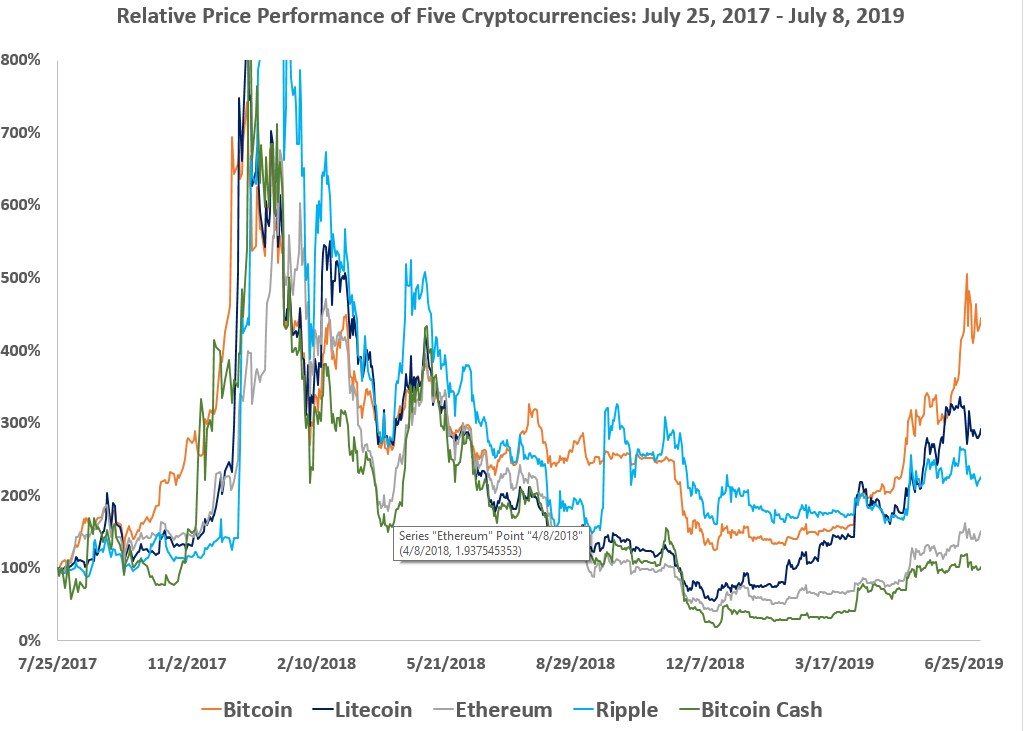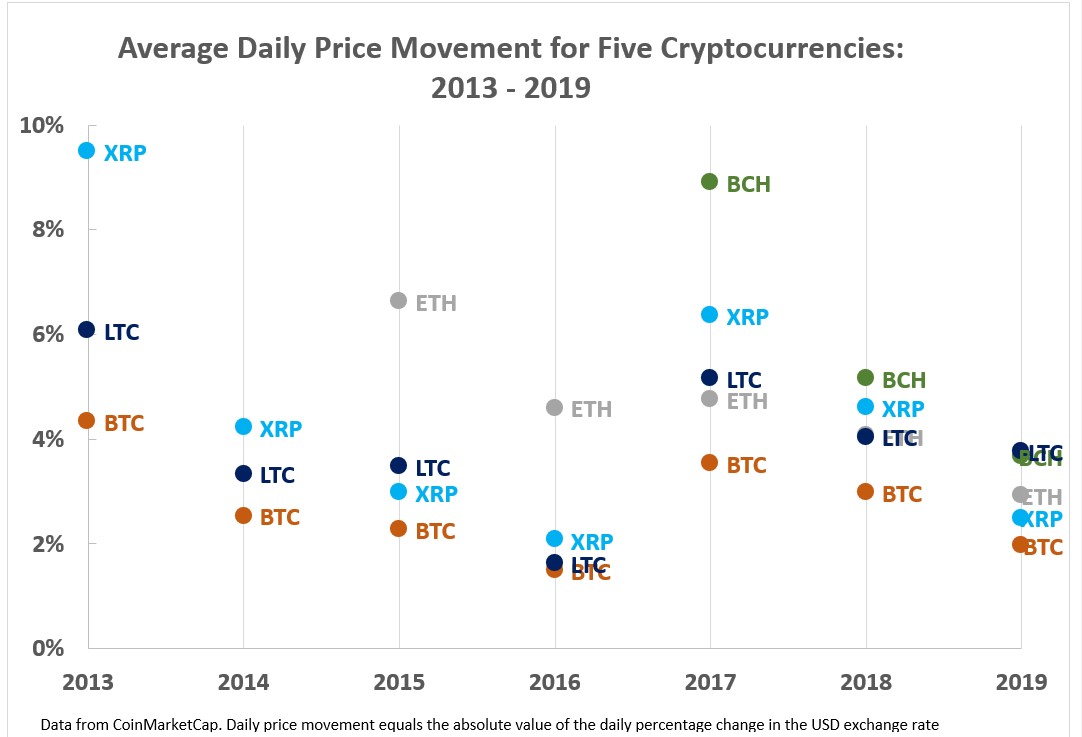Competition Among Cryptocurrencies Is Likely Here to Stay
Cryptocurrencies offer the possibility of breaking governments’ stranglehold over the issuance and control of money. For most bullish observers that means a future where currencies compete and technologies differentiate to meet a variety of needs and transactions.
But a smaller group known as Bitcoin maximalists insists that even freed from state control, a currency monopoly of sorts is inevitable and desirable. Due to its first-mover advantage and radically decentralized architecture, they have no doubt that Bitcoin will be that monopoly.
Bitcoin may turn out to be a better version of blockchain technology than its closest competitors, but maximalists’ steadfast claim that their vision of the future is inevitable is hard for most economists and other informed observers to swallow. At the heart of the Bitcoin-maximalist argument is the importance to currencies of network effects.
One cannot deny that a currency grows in usefulness as it gains more users. But if we move from a world of paper and coins to one of computer code, exchanges and conversions of different currencies might become fast and easy enough to dramatically reduce the importance of network effects.
Past market data cannot predict the future, but it can offer a fresh perspective on an often wildly contentious debate. Comparing Bitcoin and its four closest competitors yields no evidence that the process of Bitcoin monopolization proclaimed inevitable by maximalists has begun. To be sure, Bitcoin has outperformed other cryptocurrencies by measures of price and volatility. But the data suggest a market leader and several smaller but robust competitors.
Best in Its Class
There are thousands of blockchain-based tokens, including many that have already been rendered nearly devoid of value by the inevitable bursting of a bubble in 2018. But the four highest-profile cryptocurrencies behind Bitcoin — Ethereum, Ripple, Litecoin, and Bitcoin Cash — don’t appear headed for extinction soon. At the time of this writing, these four major altcoins had a market capitalization of about $63 billion, a fraction of Bitcoin’s $223 billion but still a major presence in the market.
The chart below tracks the relative price performance of the five cryptocurrencies since the day that the last of the group, Bitcoin Cash, was created by a fork from Bitcoin. It pegs the value of each to be equal on that date in order to show relative returns ever since.
Behind the wild day-to-day fluctuations in all five cryptocurrencies are several important points. First, Bitcoin has significantly outperformed its closest competitors over the past two years, though the margin would have been much lower even a month ago. Second, the overall pattern of ups and downs in the price of each cryptocurrency broadly track each other. Clearly, the market views at least the most prominent cryptocurrencies as a class of assets, with common factors affecting their value.
The Least-Shaky Ground
Extreme volatility renders widespread practical use of a currency nearly impossible, and the chart above does not paint a pretty picture. In previous work, we’ve shown that Bitcoin’s average daily price movements are several times greater than those of fiat currencies such as the pound, euro, and yen. The chart below, which also updates an earlier analysis, shows that Bitcoin in turn is less volatile than its closest contenders.
In the first half of 2019, Litecoin and Bitcoin Cash had average daily price movements of 4 percent (either up or down), about double that of Bitcoin, with Ripple and Ethereum in between. Volatility is another measure by which Bitcoin is the clear winner among the top five cryptocurrencies. But once again, these are assets that track each other in performance. Since 2016, this measure of volatility moved in the same direction each year for all five cryptocurrencies. Again, this looks like a class of assets with better and worse performers, without an inevitable march toward monopolization in sight.
When You Plan, Markets Laugh
Based on recent past performance, one can reasonably conclude that among cryptocurrencies Bitcoin is the most robust asset with the best chance for widespread adoption. But wise observers know that in markets, past performance often doesn’t predict the future.
The idea of inevitability does not mix well with the logic of markets. We need markets and competition precisely because as human beings we have nowhere near the information or capacity necessary to make deterministic statements about the future. The future of money will likely look nothing like any of the possibilities we currently imagine.













